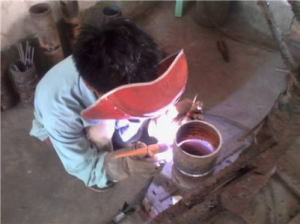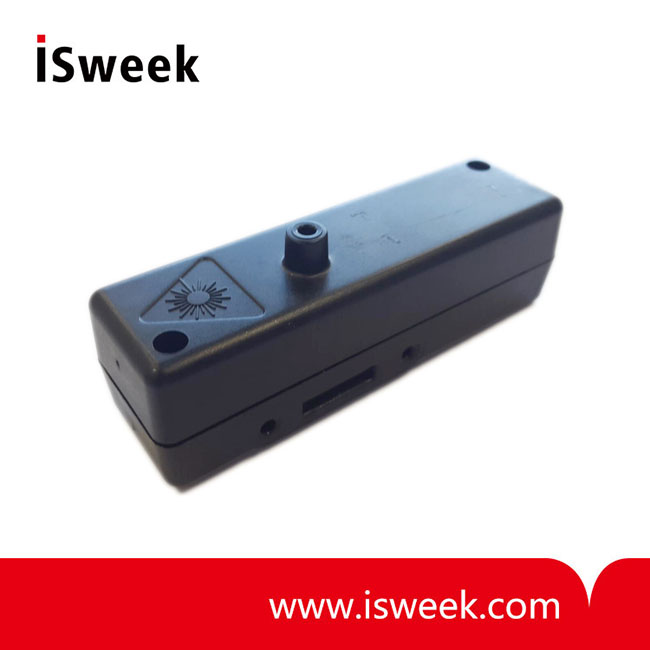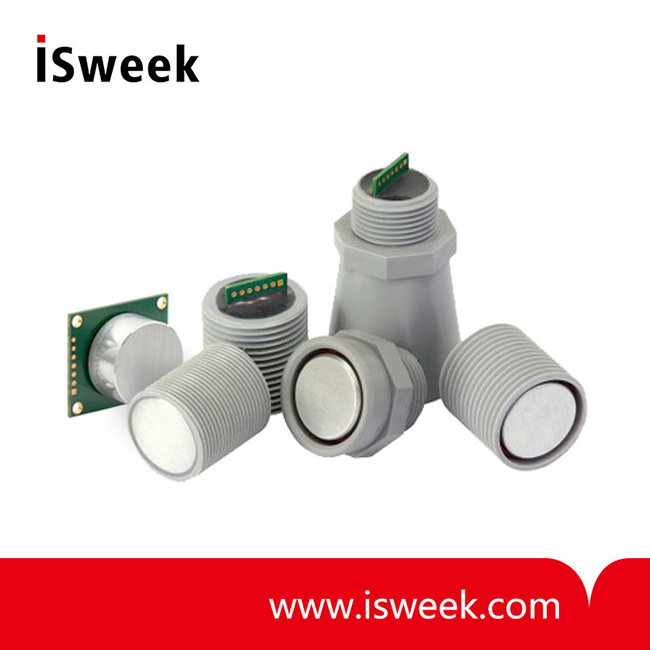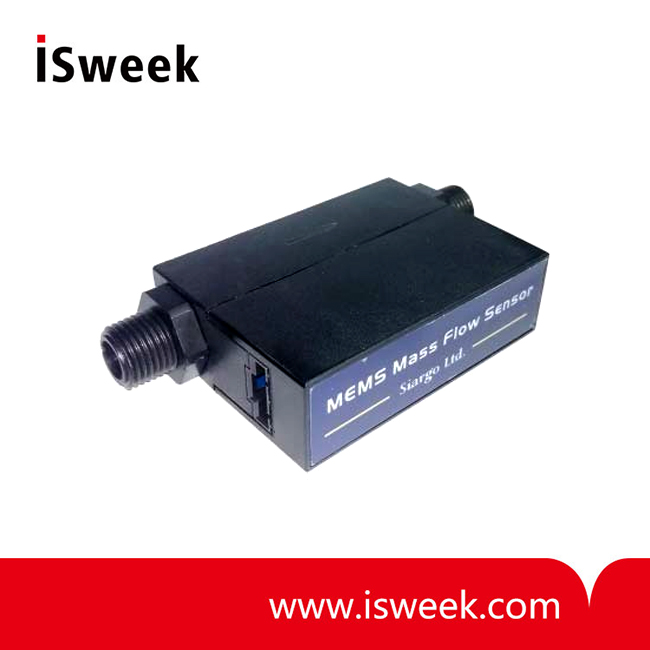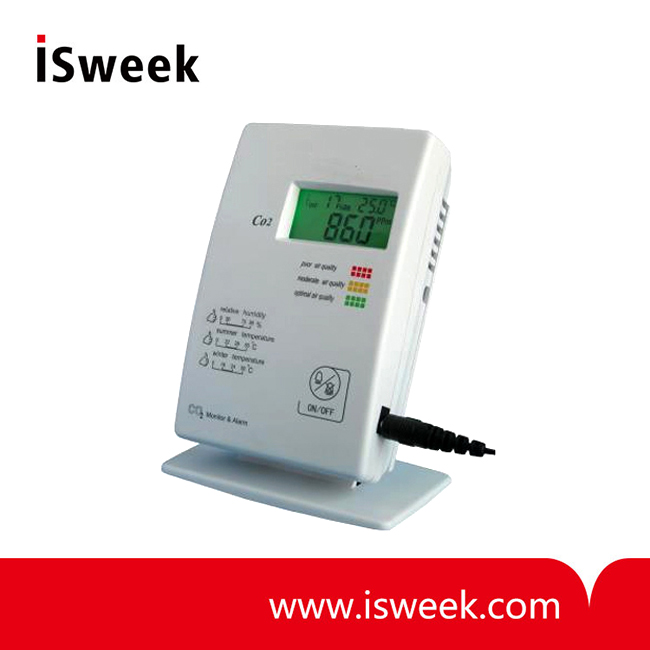Argon arc welding, a revolutionary technique in modern metallurgy, leverages argon gas to protect and bond metals during welding. The MTCS2601 thermal conductivity sensor ensures accurate monitoring and control of argon concentration, optimizing the welding process and enhancing weld quality.
Understanding Argon Arc Welding
Argon arc welding uses argon, an inert gas, to shield the welding material from oxygen in the atmosphere. This shielding prevents oxidation and allows welding of stainless steel and ferrous metals with precision. By maintaining an oxygen-free environment, argon ensures the integrity of the welding material and reduces the risk of defects such as air holes or oxidation.
Why Argon is the Ideal Protective Gas
- Inert Properties: Argon is chemically inert and does not react with metals, even at high temperatures.
- Low Dissolution: It does not dissolve in liquid metal, preventing the formation of air holes.
- Stable Arc: Its low specific heat capacity and thermal conductivity create a stable arc, concentrating heat effectively for high-quality welds.
- Color Indicators: The weld joint’s color—silver, golden yellow, or blue—indicates optimal protection, while grey or black signifies poor results or oxidation.
Challenges in Argon Arc Welding
Despite its advantages, argon welding has challenges:
- Higher Ionization Potential: Argon requires higher energy to ionize, making the arc difficult to light. However, once ignited, the arc remains stable.
- Precision Control: Incorrect argon flow can result in oxidation, root defects, or weld deformation.
The Role of MTCS2601 in Argon Welding
The MTCS2601 thermal conductivity gas sensor is pivotal for maintaining the proper argon flow during welding. Here’s why:
- Precise Monitoring: The sensor accurately measures argon concentration, ensuring the protective gas remains within optimal limits.
- Leak Detection: It identifies leaks promptly, preserving argon’s shielding effectiveness.
- Energy Efficiency: With low power consumption and a robust CMOS design, it is ideal for continuous monitoring in industrial applications.
- Durability: The sensor is designed for long life and minimal maintenance, making it a reliable solution for demanding welding environments.
Benefits of Using MTCS2601
- Enhanced Weld Quality: By preventing over- or under-application of argon, the sensor minimizes defects and ensures high-quality welds.
- Cost Efficiency: Optimal argon use reduces waste, lowering operational costs.
- Improved Productivity: Continuous monitoring streamlines the welding process, reducing downtime and errors.
Applications of MTCS2601 in Argon Welding
The MTCS2601 is suitable for various industrial applications, including:
- Precision welding of stainless steel and ferrous metals.
- Leak detection in vacuum systems.
- Primary pressure control in harsh environments.
Conclusion
The MTCS2601 thermal conductivity sensor is a game-changer for argon arc welding. Its ability to precisely monitor argon concentration ensures superior weld quality, operational efficiency, and cost savings. For industries relying on argon arc welding, adopting the MTCS2601 is a step toward unparalleled performance and reliability.



